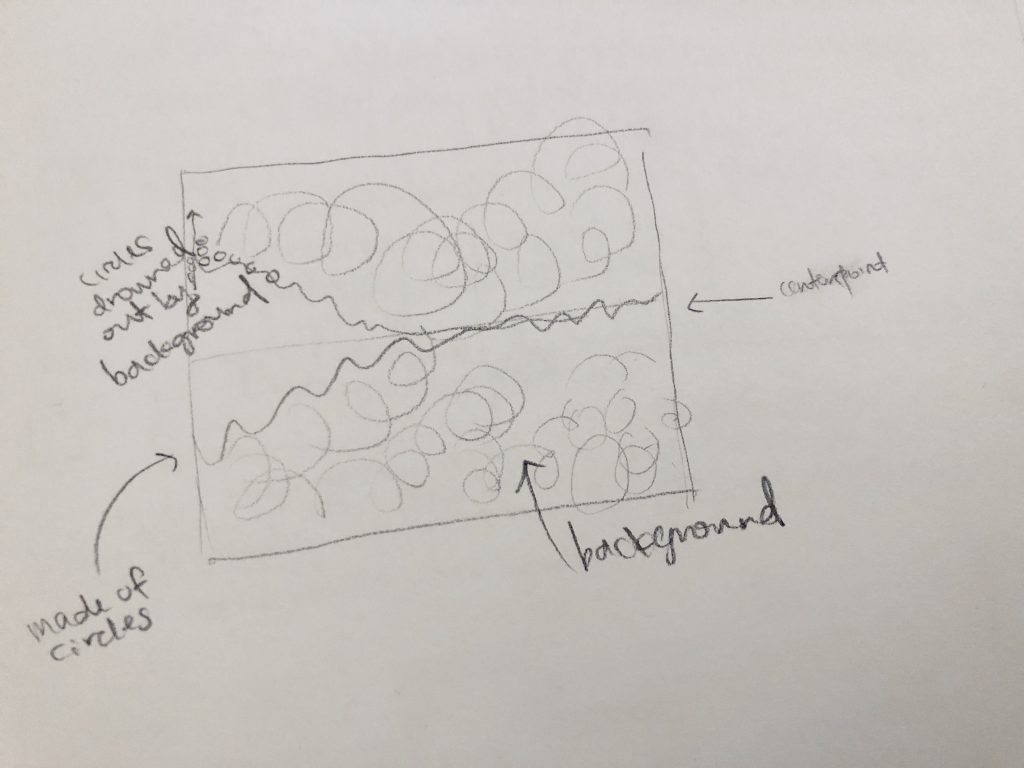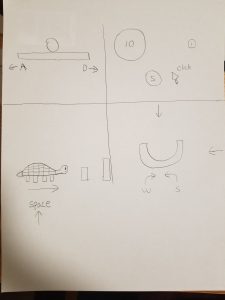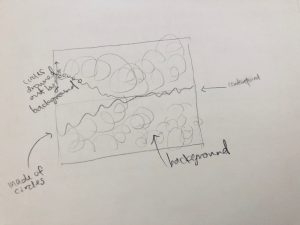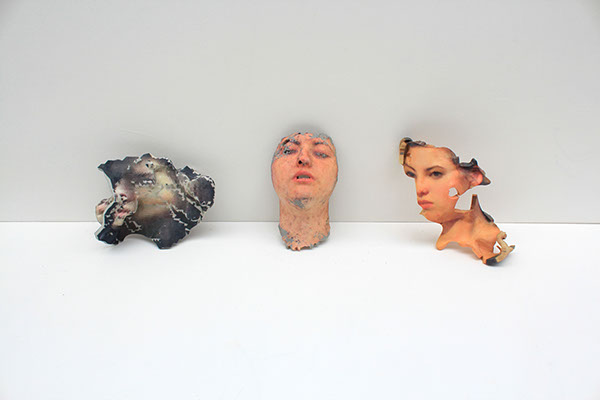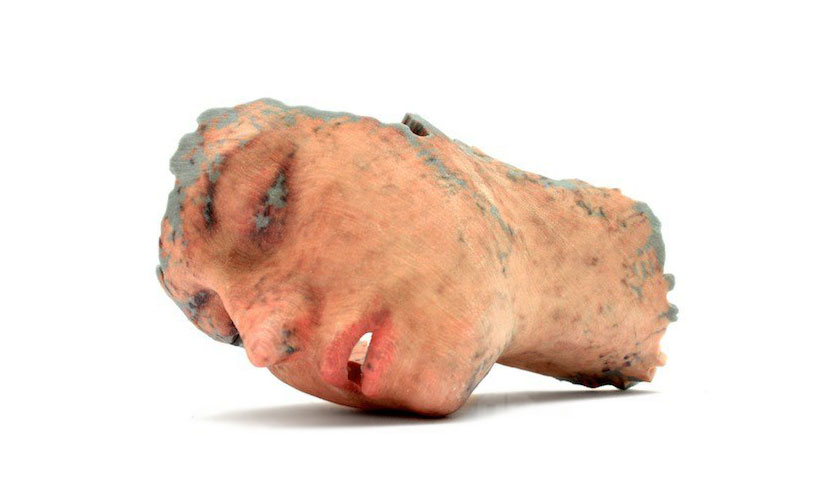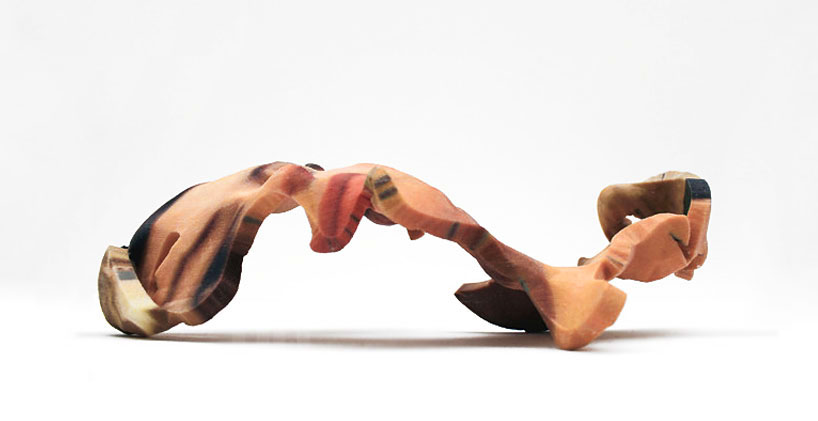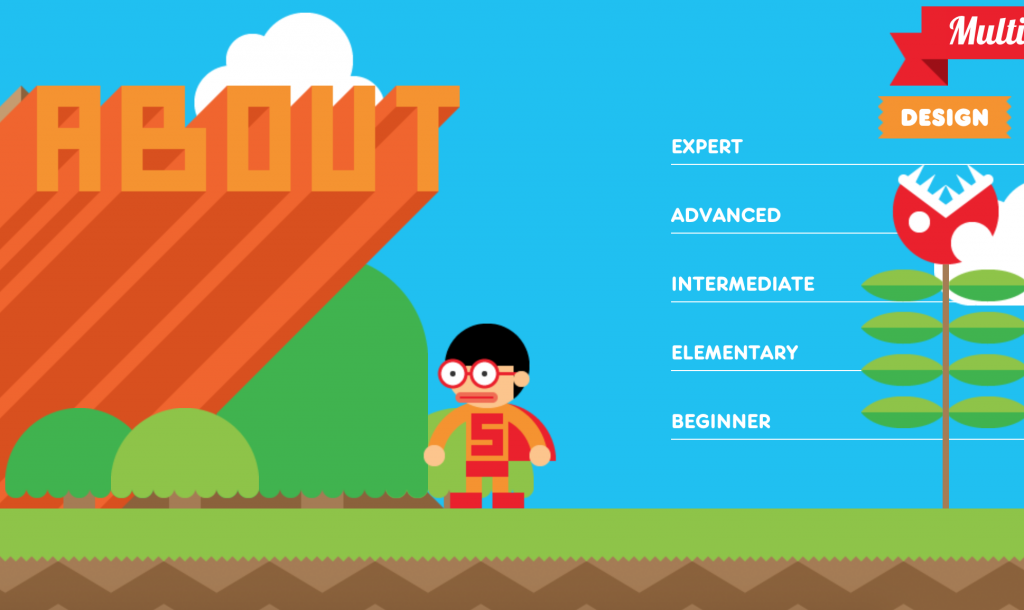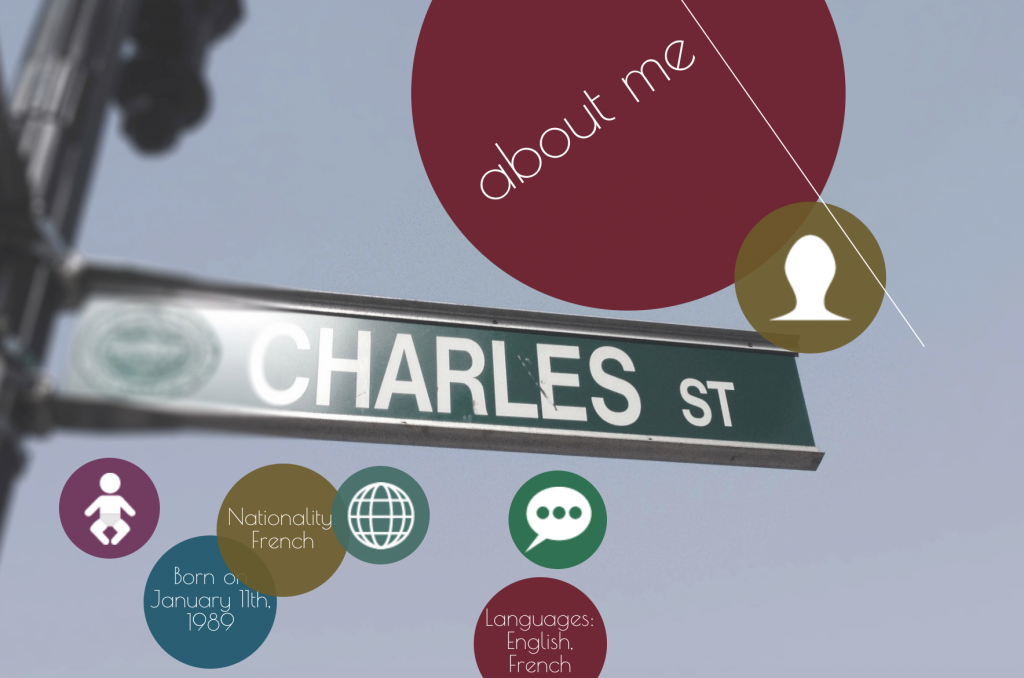“One More” Official Music Video(2018) by Yaeji start at 2:11
This video by Yaeji features many distortion effects that build upon the trippiness of her own music. A certain effect I really liked and is related to my upcoming project is the ripples generated at every clap in the music (such as 2:11). These ripples are timed perfectly well, with a slight bounce back because the claps occur in sets of 2. In addition, visually, these generated waves are quite organic but their pacing is what makes them obviously generated by something man-made, that is her music.

Josef Müller-Brockmann was an iconic Swiss graphic designer. One of his most notable works was his Beethoven poster, featured above. In his poster, the concentric arcs relate directly to the mathematical systems and structures present in Beethoven’s music. Dramatic changes in scale, placement, and color are a manifestation of the same drama in Beethoven’s music. This static image possesses a dynamic energy that I hope to emulate in my own project.
![[OLD FALL 2018] 15-104 • Introduction to Computing for Creative Practice](../../../../wp-content/uploads/2020/08/stop-banner.png)
